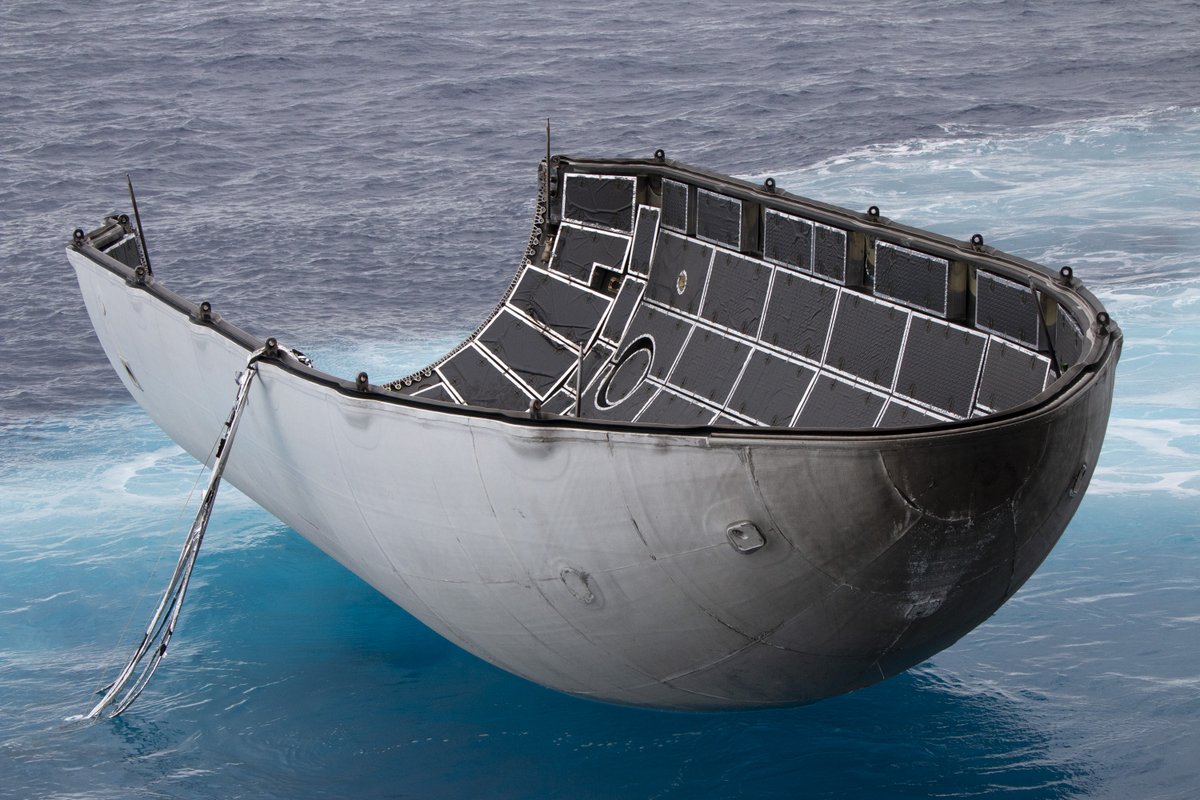The ultimate plan is to catch both of them, on ships like Mr Steven.
Aug 2019 update:
- Mr Steven's owners went bankrupt and sold the ship to GO, who operates the rest of the SpaceX fleet
- GO renamed it to Ms. Tree (Mystery).
- A similar ship has been brought into the GO fleet as Ms. Chief (Mischief).
- Thus the second ship has arrived to catch fairings.
- As of this update two fairings have been caught so far, one at a time on two separate missions.

Initially they only have one boat, so they have been adding the parachutes to both of them, but only trying to catch one. The theory is that once they figure this out, a second boat is easy to add, built to the final standard. Building two, and then modifying them both is wasteful until they know the proper final standard needed.
On several of the last attempts they have come back with a seemingly complete fairing (sometimes damaged from landing on water visibily, sometimes looking fine) and either pieces or a whole second fairing.
Here is an example from the Iridium 6-Grace mission where Mr Steven returns with both halves, thus both had parachutes to try softish landings.
 The two halves are actually different as one is active (has pushers for separation) and the other is passive (it gets pushed). Thus the active half is more valuable if successfully recovered than the passive half, making the choice easy. The ultimate goal is of course, both.
The two halves are actually different as one is active (has pushers for separation) and the other is passive (it gets pushed). Thus the active half is more valuable if successfully recovered than the passive half, making the choice easy. The ultimate goal is of course, both.






